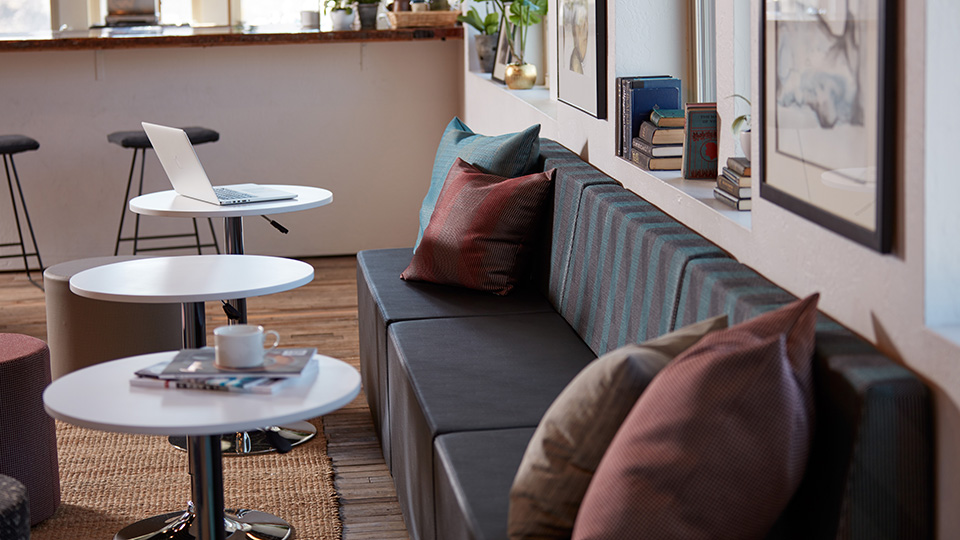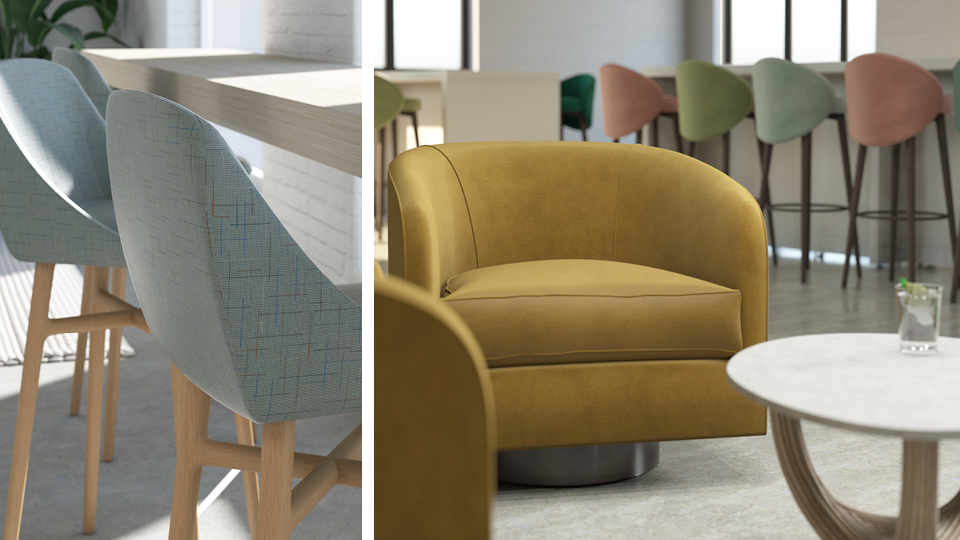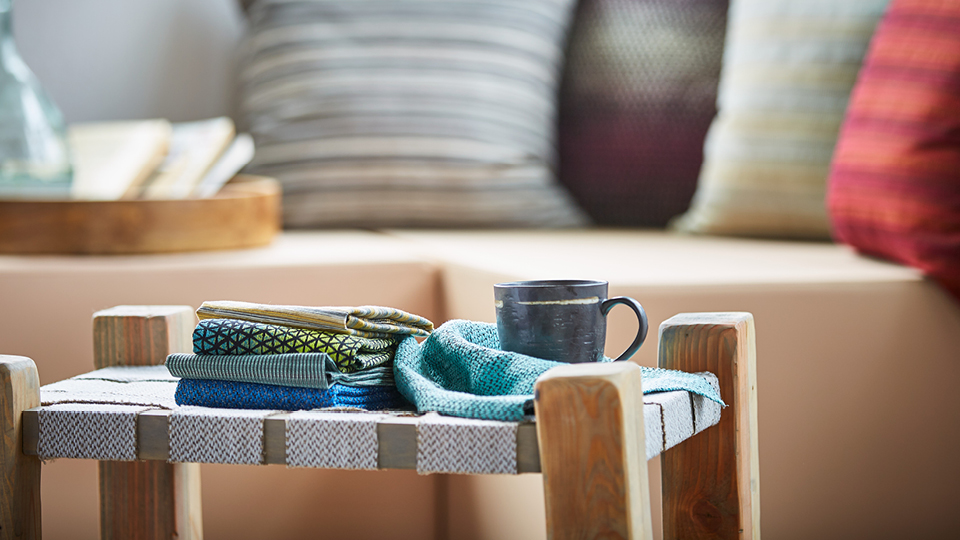How to Clean & Protect Your Fabric
Blog • April 28, 2021

There’s a sense of optimism as life starts returning to normal. Students are returning to school, offices are opening back up and people are planning trips and traveling again. With everyone being out and about, along with a heightened desire for clean and healthy environments, we’ve pulled together recommended disinfecting and cleaning agents to ensure the visual integrity of your Pallas Textiles for years to come.
Proper Care
Although fabrics are not a major contributor to the spread of viruses and germs, we all want to do whatever we can to minimize risks. We've taken action to ensure our care and maintenance protocols are aligned with CDC cleaning and disinfecting guidelines for virus mitigation and maintain the appearance, finish and function of your products.
Cleaning vs. Disinfecting
In today’s environment, it’s good to remind ourselves of the difference between cleaning and disinfecting.
![]()
Cleaning means to remove dirt and impurities, including germs, from surfaces. Cleaning alone does not kill germs, but by removing germs, it decreases their number and therefore the risk of spreading infection.
![]() Disinfecting means to kill germs on surfaces or objects by using chemicals, for example EPA-registered disinfectants. This process does not necessarily clean dirty surfaces or remove germs, but killing germs remaining on a surface after cleaning further reduces the risk of spreading infection.
Disinfecting means to kill germs on surfaces or objects by using chemicals, for example EPA-registered disinfectants. This process does not necessarily clean dirty surfaces or remove germs, but killing germs remaining on a surface after cleaning further reduces the risk of spreading infection.
It is also imperative to understand the difference between cleaning agents and EPA-registered disinfectants that are proven to kill viruses similar to COVID-19. To confirm your cleaning agent is EPA-registered, visit epa.gov/listn and search for the registration numbers found on the cleaning product packaging.
Important Notes About Disinfecting
Following are a few expert tips to ensure your material maintains a "like new" appearance:
- Prior to disinfection, ensure that the surface area is clean and dry.
- Test a small amount of disinfectant on an inconspicuous area before proceeding.
- Follow the manufacturer's instructions for use of disinfection products (i.e., conecntration, application method, contact time, use of PPE).
- Wipe the surface with a clean, water-dampened cloth to avoid residue and build-up. Be sure to wipe dry as residue left by a cleaning agent may degrade surfaces and affect the warranty.
Take care to not oversaturate the material; make sure the disinfectant is applied uniformly to the entire surface. Pressing liquids through the material or allowing liquids to pool at the seams will damage the product.
For woven pile textiles, brush and/or vacuum with a proper attachment, working in the direction of the nap to restore pile after cleaning or disinfecting.

Tested & Approved Cleaning Agents
Several disinfectants meet the United States Environmental Protection Agency’s (EPA) criteria for use against viruses similar to SARS-CoV-2 (COVID-19) and have been thoroughly tested on Pallas materials. These include:
- Bleach with Water 10:1 Ratio
- Clorox Healthcare® 30577 Wipe
- Oxivir® 1 Wipe
- Sani-Cloth® AF3 Wipe 9480-9
- Virex® II 256
- Lysol® Disinfectant Spray
Most – but not all – of these cleaners may be safely used to clean Pallas fabrics. There are differences among disinfectant approvals depending on the fabric type: non-woven (coated), woven upholstery, woven panel.
View the full listing of Pallas patterns and approved cleaning agents per pattern before using one of the disinfectants listed above on your fabric. If you are unsure of the pattern name for your Pallas material, our customer service team is glad to assist.

Thoughtful Care
We put as much thought and care into supporting you as we do the design and crafting of our textiles. If you cannot find the information you need here, please contact us at info@pallastextiles.com or 1-800-472-5527.


